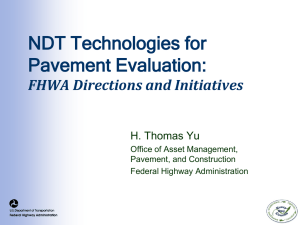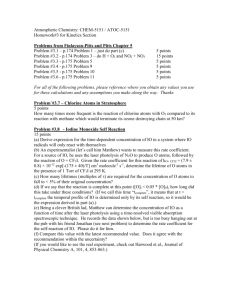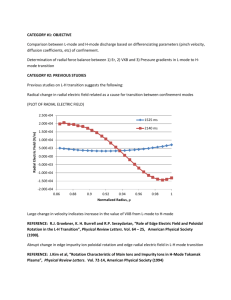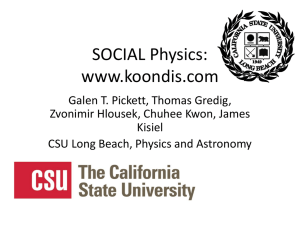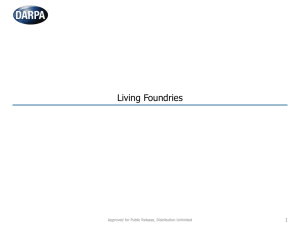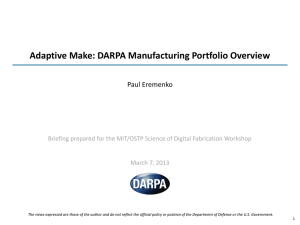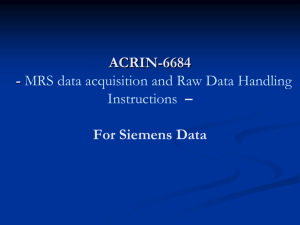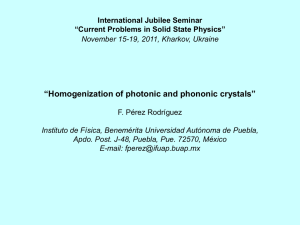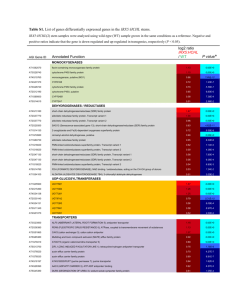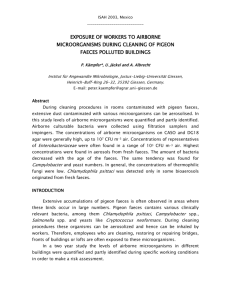Lab 4 Tank Discharge.. - University of Florida
advertisement
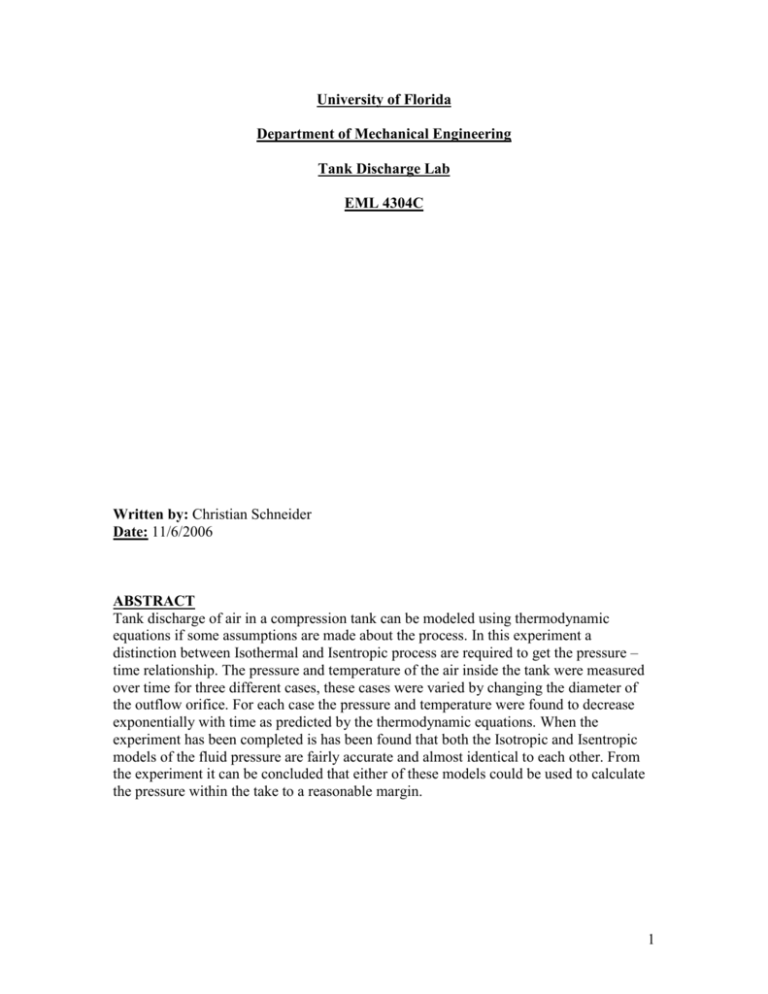
University of Florida Department of Mechanical Engineering Tank Discharge Lab EML 4304C Written by: Christian Schneider Date: 11/6/2006 ABSTRACT Tank discharge of air in a compression tank can be modeled using thermodynamic equations if some assumptions are made about the process. In this experiment a distinction between Isothermal and Isentropic process are required to get the pressure – time relationship. The pressure and temperature of the air inside the tank were measured over time for three different cases, these cases were varied by changing the diameter of the outflow orifice. For each case the pressure and temperature were found to decrease exponentially with time as predicted by the thermodynamic equations. When the experiment has been completed is has been found that both the Isotropic and Isentropic models of the fluid pressure are fairly accurate and almost identical to each other. From the experiment it can be concluded that either of these models could be used to calculate the pressure within the take to a reasonable margin. 1 INTRODUCTION / OBJECTIVE Reinforce students with compressible flow concepts. Develop theoretical relationship of pressure with time in the tank as air discharges from the tank through an orifice. Determine that whether the air in the tank can be modeled as an isothermal or isentropic process. TECHNICAL APPROACH (THEORY/ANALYSIS) Because we are now working with a compressible fluid the equations for incompressible flow can not longer be used and new equations must be generated The density depends on the temperature and pressure of the fluids given by the following equation P (1) RT R 287 N m kg K There are two cases which will correspond to Isothermal and Isentropic cases. Isothermal P0 P0i e C1t C1 .6847 A* C D RT 0 V0 Isentropic 1 P0 P0i 7 C 2 t C2 7 0.1369 C D A* RT0i 1 V0 P07i Where A* is the orifice area and V0 is the tank volume of 0.125 m^3. The discharge port coefficient has been assumed to be equal to 0.6 2 RESULTS It can be seen as a first observation that the tank discharge took a much longer time for the smaller holes before stabilizing at a constant pressure. As the hole diameter increased the time for discharge decreased. The flattening of the graphs at the end of the time frame is due to the fact that the pressure inside the tank is approaching the atmospheric pressure and the conditions for choked flow break down. Each comparison shows the measured pressure along with the pressure calculated by the Isotropic and Isentropic equations. From these graphs we can see that the measured pressure is always slightly higher than either the Isotropic or Isentropic pressures. 1/8" Flow 450.00 400.00 350.00 Pressure 300.00 250.00 Measured Pressure Isothermal Isentropic 200.00 150.00 100.00 50.00 0.00 0.00E+00 2.00E+01 4.00E+01 6.00E+01 8.00E+01 1.00E+02 1.20E+02 1.40E+02 1.60E+02 Time 3 3/16" Flow 4.50E+02 4.00E+02 3.50E+02 Pressure 3.00E+02 2.50E+02 Measured Pressure Isothermal Isentropic 2.00E+02 1.50E+02 1.00E+02 5.00E+01 0.00E+00 0.00E+00 2.00E+01 4.00E+01 6.00E+01 8.00E+01 1.00E+02 1.20E+02 Time 3/32" Flow 4.50E+02 4.00E+02 3.50E+02 Pressure 3.00E+02 2.50E+02 Measured Pressure Isothermal Isentropic 1 2.00E+02 1.50E+02 1.00E+02 5.00E+01 0.00E+00 0.00E+00 5.00E+01 1.00E+02 1.50E+02 2.00E+02 2.50E+02 3.00E+02 3.50E+02 Time 4 CONCLUSIONS From the graphs which have been generated it can be seen that both the Isotropic and Isentropic models give good approximations of the pressure versus time. As for which of these gives the better approximation, it can be seen that both the models give very similar estimates of the pressure, sometimes with one being more accurate than the other but never by more than a few percent. In this experiment there can be a great deal of error attributed to the measuring devices which have been used. The pressure and temperature sensors which measure the state of the air inside the tank have not been calibrated for this lab and their accuracy can be called into question. Another large source of error is the diameter of the orifice. This has been given to us by the instructor and needs to be assumed as accurate. Not only does the diameter have to be called into question but also the smoothness of the orifice would effect the flow rate and pattern of the gas from the tank. This would have a great effect on the flow rate as the air exits the tank. These parameters would have to be measured and quantified to be able to give an error estimate. 5


